
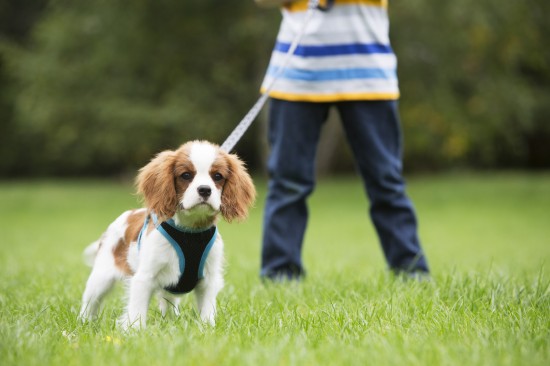
A “reactive dog” is one that is constantly responding to external stimulus when out walking, such as the presence of other dogs, passing cars, cyclists, pedestrians and anything else that catches their eye. This can make them incredibly challenging to walk, as they are always on the lookout for things to catch their attention, and will then display any number of undesirable behaviours such as barking, pulling, lunging for the source of the stimulus, aggression, or trying to take off. This can make walks very stressful, and also potentially dangerous!
Dreading your regular walks with your dog is of course not a good situation, and can lead to a reluctance to walk them at all or even resorting to extremes such as only taking your dog out at times when it is unlikely that there will be a lot going on or anything happening that might set them off. Fortunately, however, help is at hand, and the chances are that you can successfully train your reactive dog to be a much calmer and more pleasant walking companion with a little time an effort.
Read on to find out more.
It can be highly beneficial to rope in some help when dealing with a reactive dog, both for moral support and for practical assistance. Dogs will often mimic or learn behaviour from other dogs, so if you have a friend with a calm dog that your dog will accept and walk with, your dog may be able to learn by observing the reactions of the other dog, and calm down somewhat. If your dog is particularly strong or large and prone to lunging or taking off, having another person to hand to help you hold your dog back can be helpful too.
When your dog surprises or shocks you by suddenly going loopy over something that they have seen, it is instinctive to shout, become stressed and start to battle against your dog, but this is totally counterproductive. Responding in this way will increase the amount of stimulus your dog is facing, and will not help to calm them down. Be firm with your dog, but stay calm, speak calmly, and do not add to the excitability of the event.
Dogs that are poorly socialised or not used to the usual passing traffic and people may be reactive due to not having ever learned the appropriate way to deal with external stimulus. If this is the case, you should work on socialising your dog with others in a safe, enclosed environment, and try to introduce them to other stimulus one at a time, such as people cycling past them and people passing in close quarters on the pavement.
Some dogs are perfectly calm and laid back when loose, and will only be particularly reactive when on the lead. This can be due to feeling trapped or vulnerable when on the lead, and you should work to address this, as every dog of course needs to be on the lead at some point! Try to allow your dog a reasonably long lead as long as you can control them with it and not place anyone or anything else at risk, and try to keep the lead slack when you can so that your dog attains the perception of more freedom.
Until your dog begins to improve their behaviour, ensure that you do not place them into close quarters with stimulus that they react to, particularly things that are likely to approach them. Other dogs coming up to your dog when they are on the lead is one of the most common causes of reactive behaviour, so ensure that other dog owners do not allow their dogs to bound up to yours, and don’t take your dog on the lead to a dog park where lots of other dogs are running loose.
If your dog is likely to snap at a person or dog, it is vitally important that you muzzle them to prevent them from doing any harm. Dogs may also cause traffic accidents or knock over pedestrians or cyclists if they leap at them or bound up to them, so make sure that you can restrain your dog sufficiently to prevent this from happening.
Telling your dog off for growling or barking might seem like the first step to take in correcting reactive behaviour, but this is not always a good idea. Keeping your dog from barking or growling does not mean that you will also have stopped them feeling reactive, but it does mean that you might have effectively negated one of the first warning signals that your dog is about to react to something. Ignore inappropriate behaviour, and reward positive responses, such as calmness or watchfulness that does not turn into a full on reaction. It can take time to teach a reactive dog to cool their heels, so you must be prepared to be in it for the long haul, remain consistent, and spend plenty of time working with your dog.
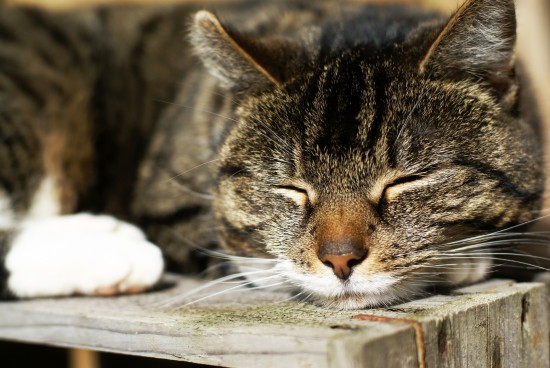 Taking Care Of The Older Cat
Taking Care Of Th
Taking Care Of The Older Cat
Taking Care Of Th
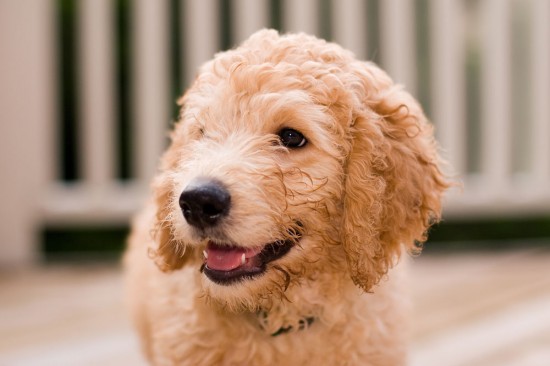 The Birth Of A Breed - How Do New Dog Breeds Gain Official Recognition?
The Birth Of A Br
The Birth Of A Breed - How Do New Dog Breeds Gain Official Recognition?
The Birth Of A Br
 An Ancient Breed - the Maltese
An Ancient Breed - the Maltese
Maltese dogs ar
An Ancient Breed - the Maltese
An Ancient Breed - the Maltese
Maltese dogs ar
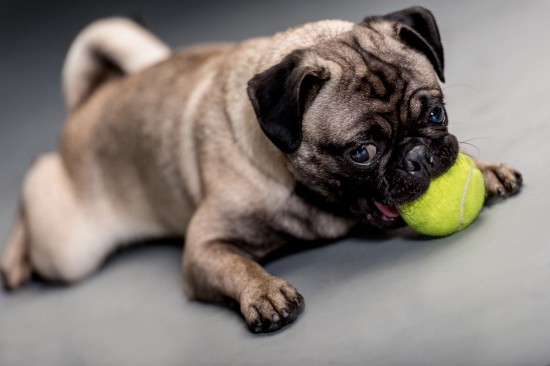 Catering For Your Dog’s Personality - Bringing Out The Best In Your Dog
Catering For Your
Catering For Your Dog’s Personality - Bringing Out The Best In Your Dog
Catering For Your
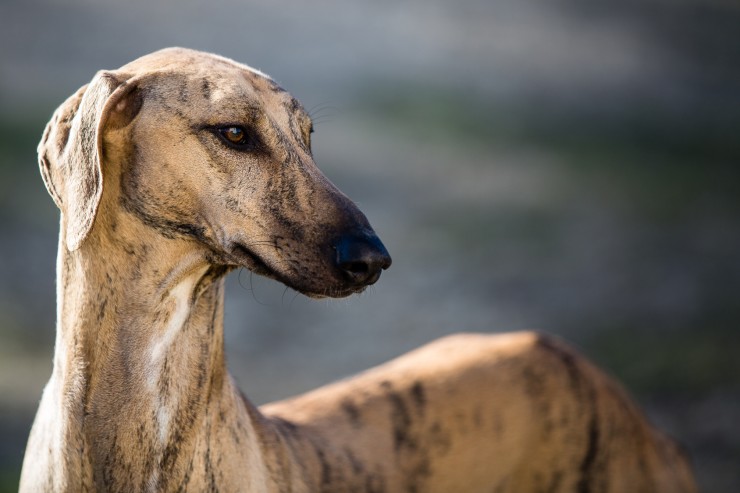 Greyhounds And Their Sensitivity To Drugs
Greyhounds And Th
Greyhounds And Their Sensitivity To Drugs
Greyhounds And Th
Copyright © 2005-2016 Pet Information All Rights Reserved
Contact us: www162date@outlook.com